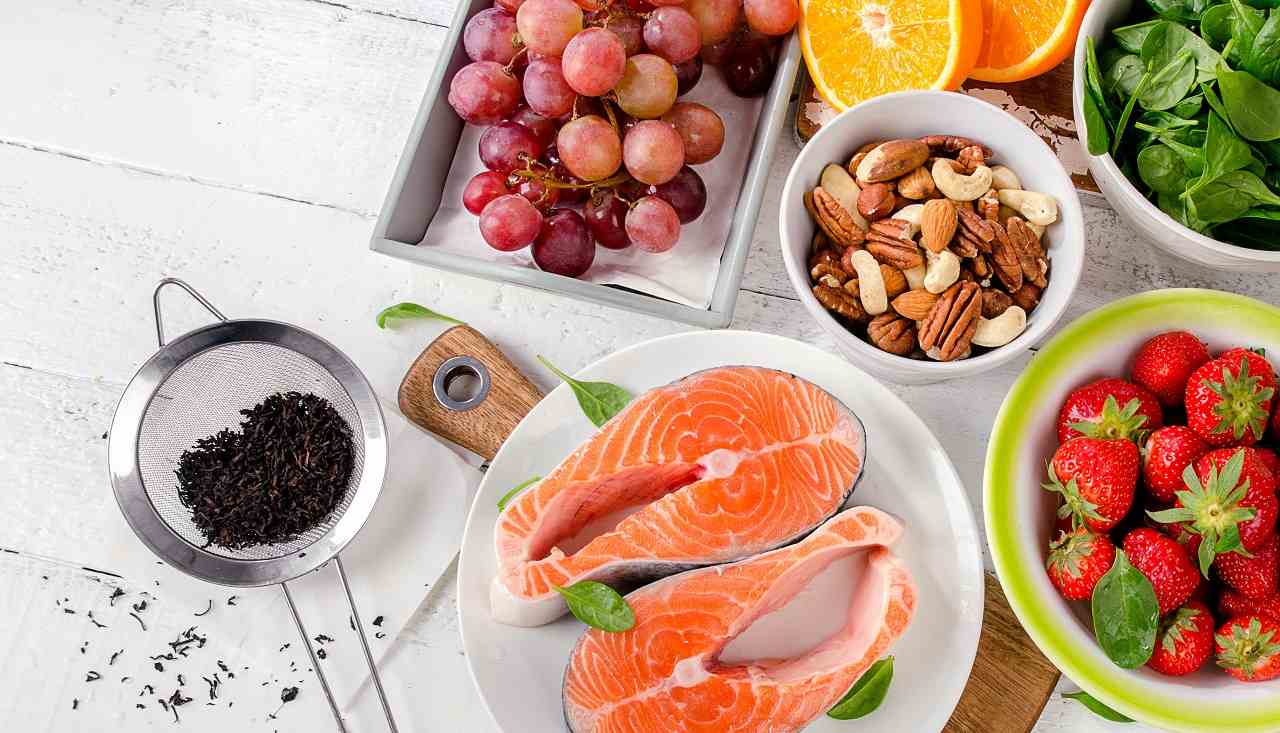The dog days of summer are upon us! And all this heat and sunshine encourages people to head outside and soak it up. While you are enjoying time with friends and playing in the great outdoors, make sure you keep an eye on your hydration.
You may be surprised to hear that most people, about 75% of us, are suffering from some level of dehydration (1). But just because it’s pretty common, doesn’t mean it impacts people the same way. Infants, children and the elderly are at an increased risk of dehydration, ranging from mild to severe. Knowing what dehydration looks like can prevent some serious, even deadly, consequences.
What is Dehydration?
Your body is loaded with water! In fact, your body is roughly 55-60% water. Dehydration happens when you are losing more fluids than you are taking in. When you start to lose fluids, some of your body’s normal functions can begin to suffer.
Even if you’ve only lost 1-2% of your body’s water (2), you can start to have some symptoms of dehydration. You may start feeling thirsty or sleepy, have a mild headache, dry mouth or muscle cramps, and you may find that you don’t need to use the bathroom very often.
So What’s the Big Deal?
If you are feeling thirsty, you are likely already dehydrated (which explains why 75% of us are already dehydrated). Your body doesn’t tell you to drink until your levels of fluids are already getting low.
As your body loses more water, and it’s not being replaced, your heart rate will begin to increase. This is your body’s way of trying to keep your blood pressure up. It also triggers your kidneys to hold on to more of that water, which is why you may find yourself making fewer bathroom trips.
Those low fluid levels also make it harder for your body to keep your temperature normal, which can lead to some serious over-heating that can be life-threatening.
6 Signs of Dehydration
As fluid levels get lower and lower, symptoms get worse and may require medical professionals to get everything under control (are you feeling thirstier already?!).
1. Not Urinating or Very Dark Urine
If you aren’t sure if you are beginning to be dehydrated, you can easily check by looking at the color of your urine. Normal urine should be pale yellow in color. If your urine is darker it could be a sign you are dehydrated. If you’re not urinating at all, you may already be severely dehydrated.
How to fix it: Drink water! Take small sips instead of drinking a whole glass quickly. This allows your body the time it needs to absorb the water.
2. Dry Skin That Doesn’t Bounce Back When Pinched
Your skin can be a good indicator of how well hydrated you are too! If you pinch the skin on the back of your hand and it goes back slowly, you are likely dehydrated. If the skin sticks together and stays, that’s a sign of severe dehydration.
How to fix it: Drink water! If you think it’s just mild or moderate a glass should do the trick. If your skin is sticking together, you may need to visit your doctor for more intense rehydration.
3. Rapid Heartbeat and Breathing
Ok, if you are working out, your heartbeat will be up and you will be breathing harder. But if you cool down and those symptoms don’t go away, it could be a sign of severe dehydration.
How to fix it: If you are experiencing these symptoms, it’s important to visit your doctor. If your doctor confirms that you are dehydrated, you will likely be given some fluids through an IV to get your body rehydrated quickly.
4. Confusion, Dizziness or Lightheadedness
Your brain is loaded with water; it’s 73% water (3). If you aren’t getting enough fluids, you brain can have a hard time working. If you are feeling like you could pass out, or you are confused you might be severely dehydrated.
How to fix it: These symptoms are very serious. Rehydrate by slowly drinking water and eating water-loaded foods like fresh fruits. If you’re having severe dehydration with confusion, you’ll want to go to your local emergency room to get checked out.
5. Fever and Chills
When your body fluids are getting low, your body can’t regulate temperature, which can lead to a high temperature and chills.
How to fix it: If you are being active, stop the activity right away. Move to a cool spot and slowly drink water. If your body temperature reaches 103 degrees, it means you are severely dehydrated, and you need to go to the emergency room.
6. Unconsciousness
Feeling lightheaded and passing out is a sign of severe dehydration.
How to fix it: Call 911! The unconscious person needs to be taken to the emergency room right away to get rehydrated.
Tips for Staying Hydrated
So what’s the best way to avoid dehydration? Keep yourself hydrated!
- Get a reusable water bottle – Sipping water throughout your day will make it easier for your body to absorb it all. And the best way to make sure you can sip all day, is to keep a water bottle with you!
- Flavor it up – I know, some people really don’t like drinking plain water. If this applies to you, try adding natural ingredients to your water like mint, strawberry, cucumber, or orange slices. You can also buy some pretty great, already flavored waters (unsweetened please!).
- Eat your water – Did you know that a lot of foods that are loaded with vitamins and minerals are also loaded with water? Think fruits and veggies.
- Make a few little changes – If you are an avid exerciser, you may need more water. Try working out early in the day, or late in the evening to stay out of the heat. And if you are already feeling dehydrated, avoid drinking alcohol as this can increase the amount of fluid you are losing.
This summer have fun and stay hydrated! Plenty of water and the right supplement program can help you feel your best all summer long. Take our free 5-minute assessment to get custom-tailored recommendations based on your unique needs. Ready to have high-quality vitamins delivered right to your door? Get your personalized recommendations.













